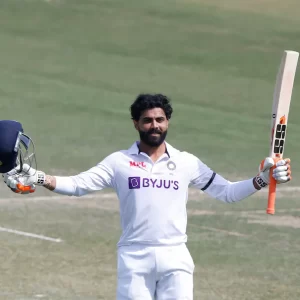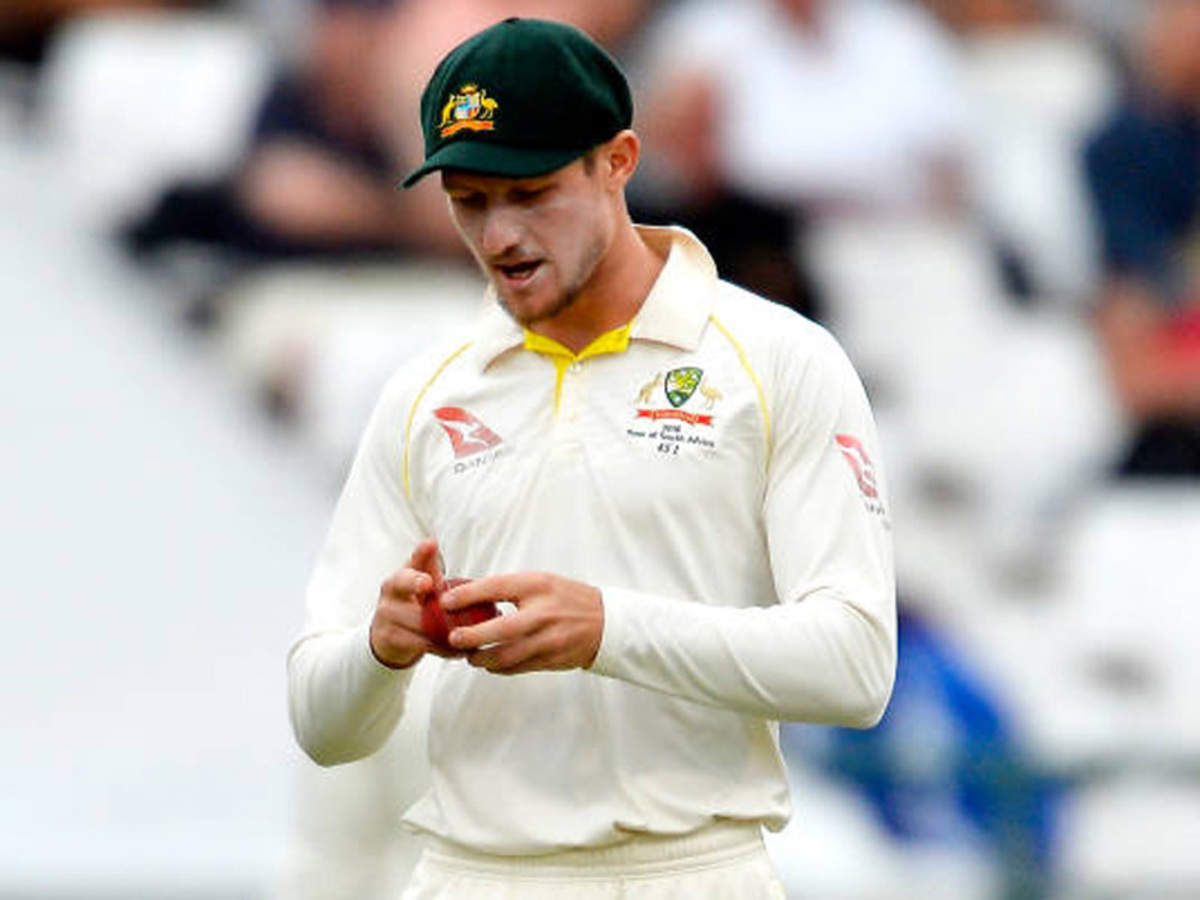Cricket, like any other team sport, requires strong leadership to succeed. The captain of a cricket team is responsible for more than just making on-field decisions. They are the face of the team, the link between the players and the management and the driving force behind the team’s success. In this article, I will dwell on the various roles and responsibilities of a cricket captain. The role of a cricket captain.
On-field decision making
One of the most crucial roles of a cricket captain is to make tactical decisions on the field. They have to read the pitch, the conditions and the opposition team and make decisions that can swing the game in their team’s favour. Once these things are studied, analysed and accounted for, the crucial decision of what to do if the toss is won must be decided. Here the captain can invite free and frank discussion with the team but the ultimate decision rests with the captain. There are so many instances of the captain being vilified for choosing the wrong option after winning the toss. The most famous instance is that of Nasser Hussain opting to bowl at the Brisbane Gabba all those years ago only for Hayden, Langer and Ponting to pummel the English bowlers into submission.
Once, the team is on the field, he is all alone. Sure, the captain can always consult with the teammates but the flow of the game will be such that he will be required to take instant decisions based on nothing more than a hunch. The captain has to decide which bowler to use, when to change the field and when to declare or set a target. A good captain can sense the momentum of the game and make decisions that can turn the tide in their team’s favour.
Team selection:
The captain plays a vital role in team selection. They have to identify the strengths and weaknesses of their team and pick the right players to fill the various positions. They have to consider the pitch and the conditions while selecting the team. They also have to factor in the form and fitness of the players before making a decision. A captain who can pick the right team can give their team a significant advantage. Being the captain is a thankless job. Far too many times, they are required to take some tough decisions.
That is the reason Ganguly’s and Kohli’s decision of leaving the highest wicket-taker of their sides out of the playing eleven was hard to digest. They were based on sound cricketing logic rather than anything else.
Motivation and inspiration:
A captain is also responsible for motivating and inspiring their team. They have to instill a sense of belief and confidence in their players, especially during tough times. A good captain can lead by example, displaying a positive attitude and working hard on and off the field. They have to encourage their players to give their best and never give up. Captains lead by example is a phrase often heard in cricketing circles. It is not without reason. Motivated and performing captains often inspire the entire team to achieve greater heights that they may not have otherwise.
Media and public relations:
A cricket captain is also the face of the team in the media and public. They have to attend press conferences and interviews and handle questions from journalists and fans. They have to present a positive image of the team and communicate the team’s goals and objectives. They also have to handle criticism and negativity in a professional manner. Captains can never lose their composure. The media may invent non-existent rivalries or rifts. Captains will have to deal with them calmly.
Role model and mentor:
Finally, a cricket captain is a role model and mentor for their players. They have to set an example in terms of discipline, work ethic, and team spirit. They have to mentor the younger players and help them grow and develop their skills. They have to create a culture of excellence and teamwork within the team.
Far too often, Asian teams, especially Indian teams have this habit of seniors and juniors. The Indian teams of 70s, 80s and 90s were faction driven. Juniors were not treated well and as equal by the seniors. The situation was quite bad until the turn of the millennium. Ganguly changed all that. Now, it is a team of equals.
Wrapping up the role of a cricket captain
In conclusion, the role of a cricket captain is multifaceted and complex. They have to make tactical decisions on the field, select the right team, motivate and inspire their players, handle media and public relations, and be a role model and mentor for their team. A good captain can make a significant difference to their team’s success, and their leadership skills can be the difference between winning and losing.



